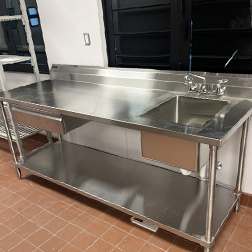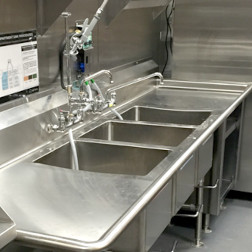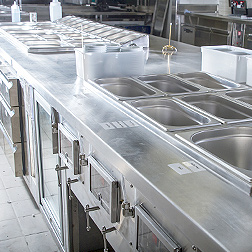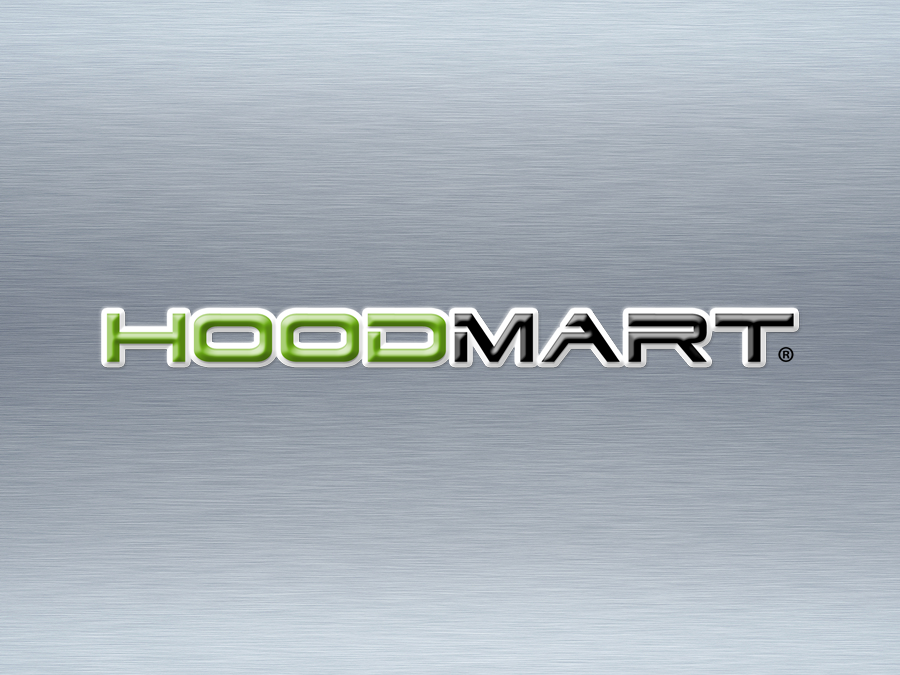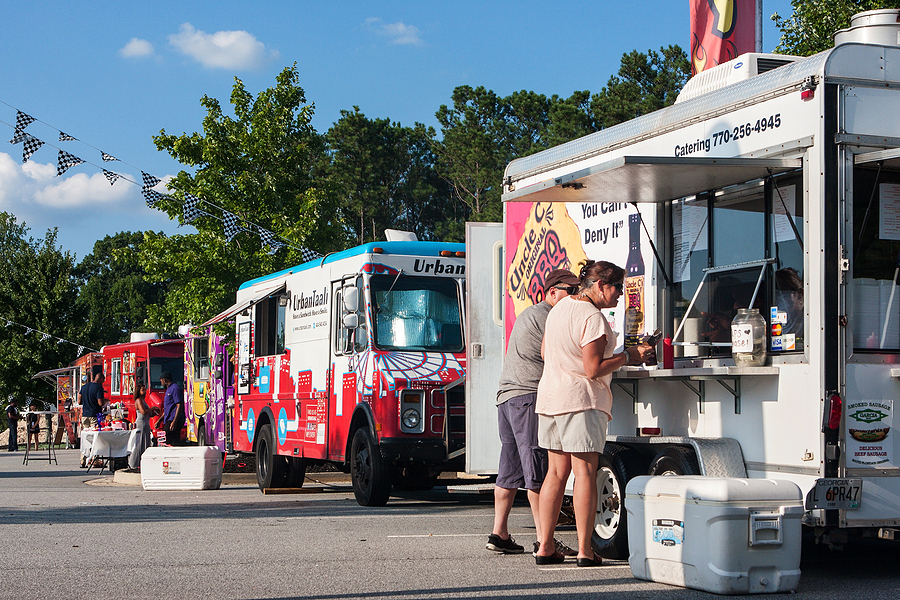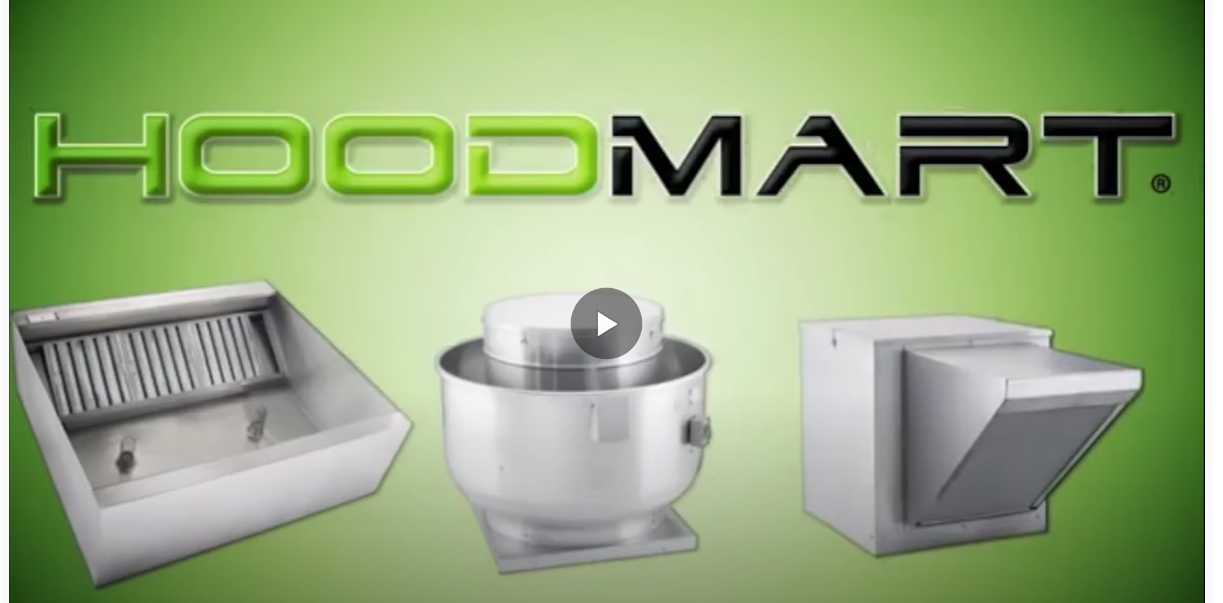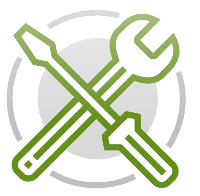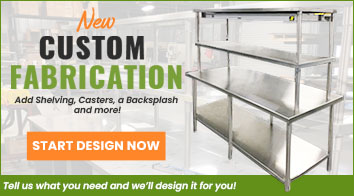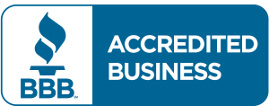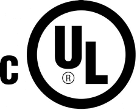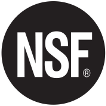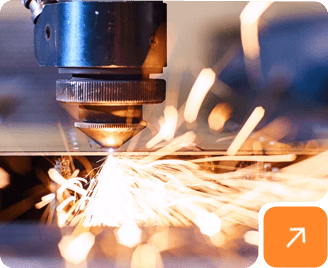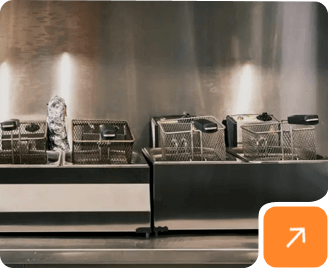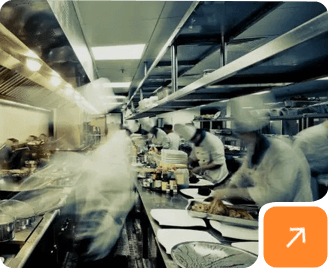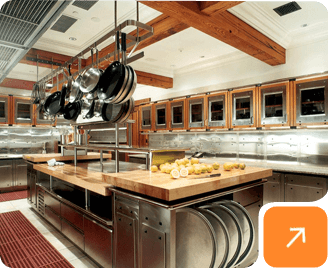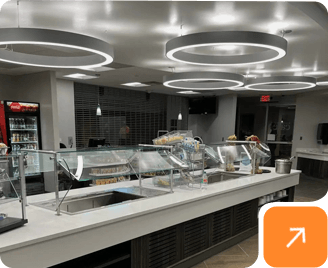We use cookies to help improve our services, make personal offers, and enhance your experience. If you do not accept optional cookies below, your experience may be affected. If you want to know more, please read the Learn more.
What are the Food Truck Range Hood Requirements?

As a commercial kitchen exhaust hood manufacturer, the team at Hoodmart often get asked about the exhaust hood requirements for food trucks. In this blog post, we will provide some general guidance on what these requirements might entail.
First and foremost, it's important to note that the specific requirements for food truck exhaust hoods can vary depending on the state or local jurisdiction where the truck is operating. Therefore, it's crucial for food truck operators to research and comply with their local regulations.
That being said, there are some general guidelines that can apply to most food truck exhaust hoods. Here are some things to keep in mind:
- Hood size and configuration: The size and configuration of the hood will depend on the size and layout of the cooking equipment inside the food truck. Generally, the hood should be large enough to cover all cooking equipment and extend at least six inches past the edges of the equipment. The hood should also be sloped towards the back and have a drip edge to prevent grease from dripping onto the cooking surface.
- Airflow and ventilation: The exhaust hood should provide adequate airflow and ventilation to remove smoke, steam, and cooking odors from the food truck. This may require the installation of a powerful exhaust fan and maybe even some short ductwork that leads to the exterior of the truck. The size and length of the ductwork will depend on the size of the hood and the distance between the cooking equipment and the exterior of the truck.
- Grease filters: The exhaust hood should be equipped with grease filters that capture grease and other cooking byproducts before they can enter the exhaust system. These filters should be cleaned regularly to prevent buildup and reduce the risk of fire.
- Fire suppression system: Food trucks should be equipped with a fire suppression system that is specifically designed for the type of cooking equipment being used. This may include automatic sprinklers, extinguishing agents, or other suppression systems.
- Electrical and gas connections: All electrical and gas connections should be installed and maintained in compliance with local codes and regulations. This may require the use of a licensed electrician or gas fitter.
In summary, food truck operators should be aware of the specific exhaust hood requirements in their local area and ensure that their hood system is designed and installed in compliance with those regulations. It's also important to maintain the system regularly to ensure optimal performance and reduce the risk of fire. The best way to ensure your food truck is properly equipped is to work with an experienced hood manufacturer, like the local pros at Hoodmart. We look forward to learning about your project - contact us today!



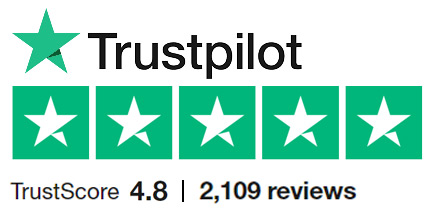


 CUSTOM FABRICATOR
CUSTOM FABRICATOR



